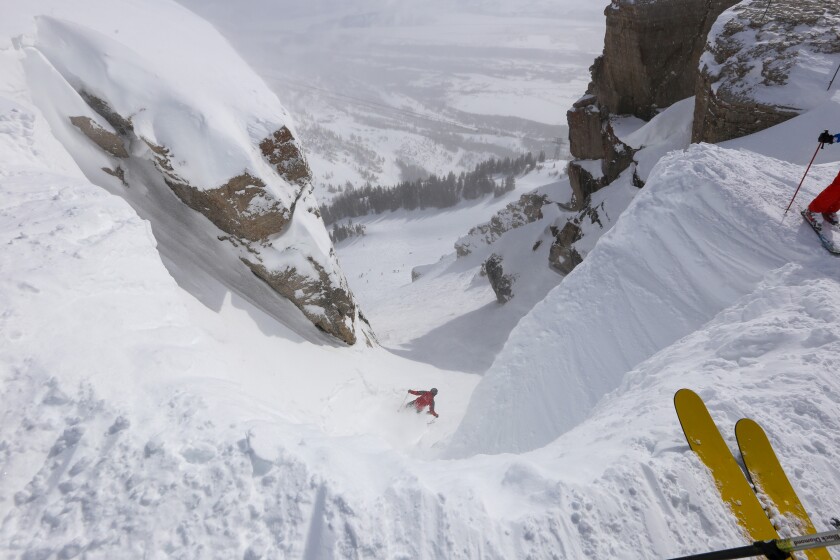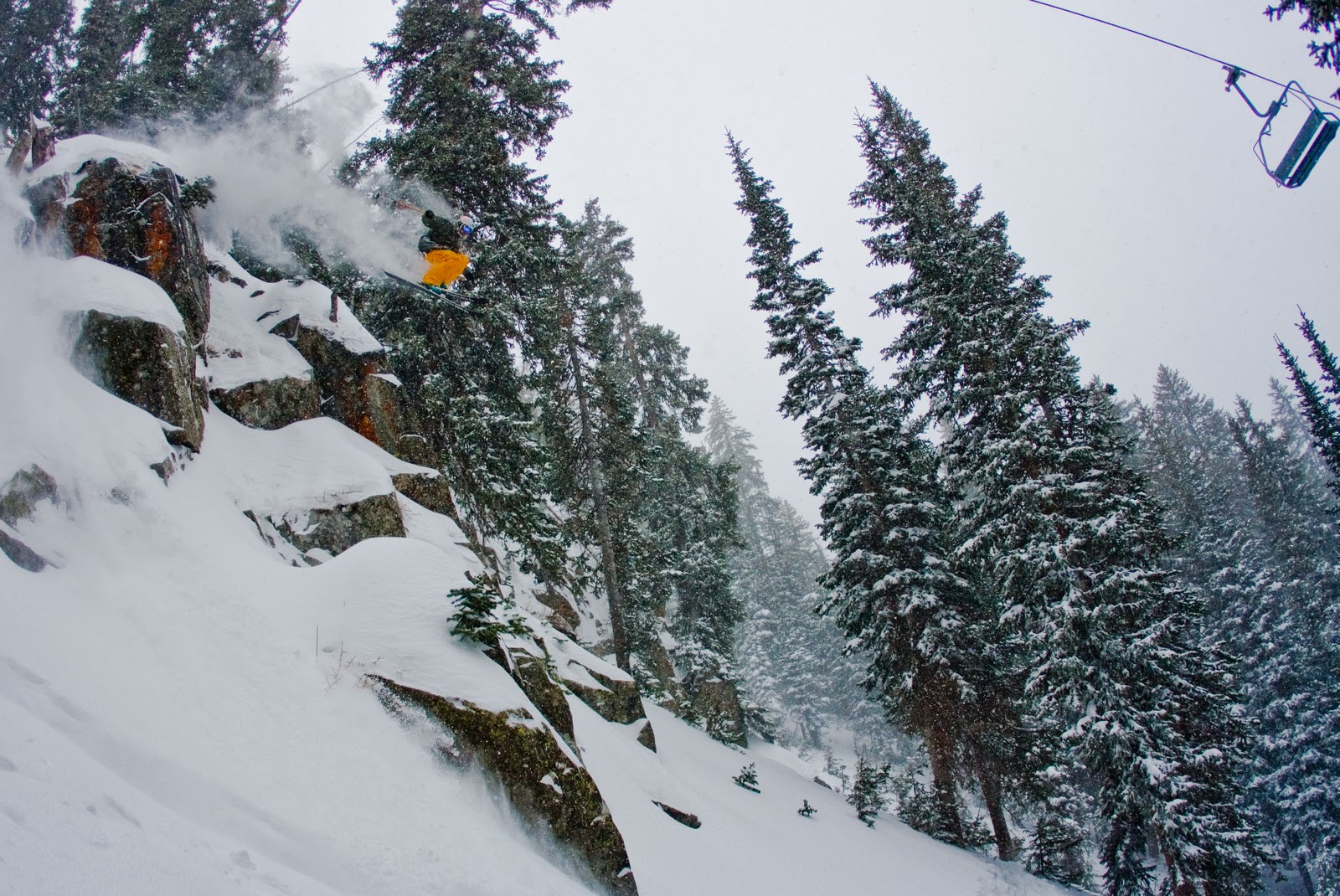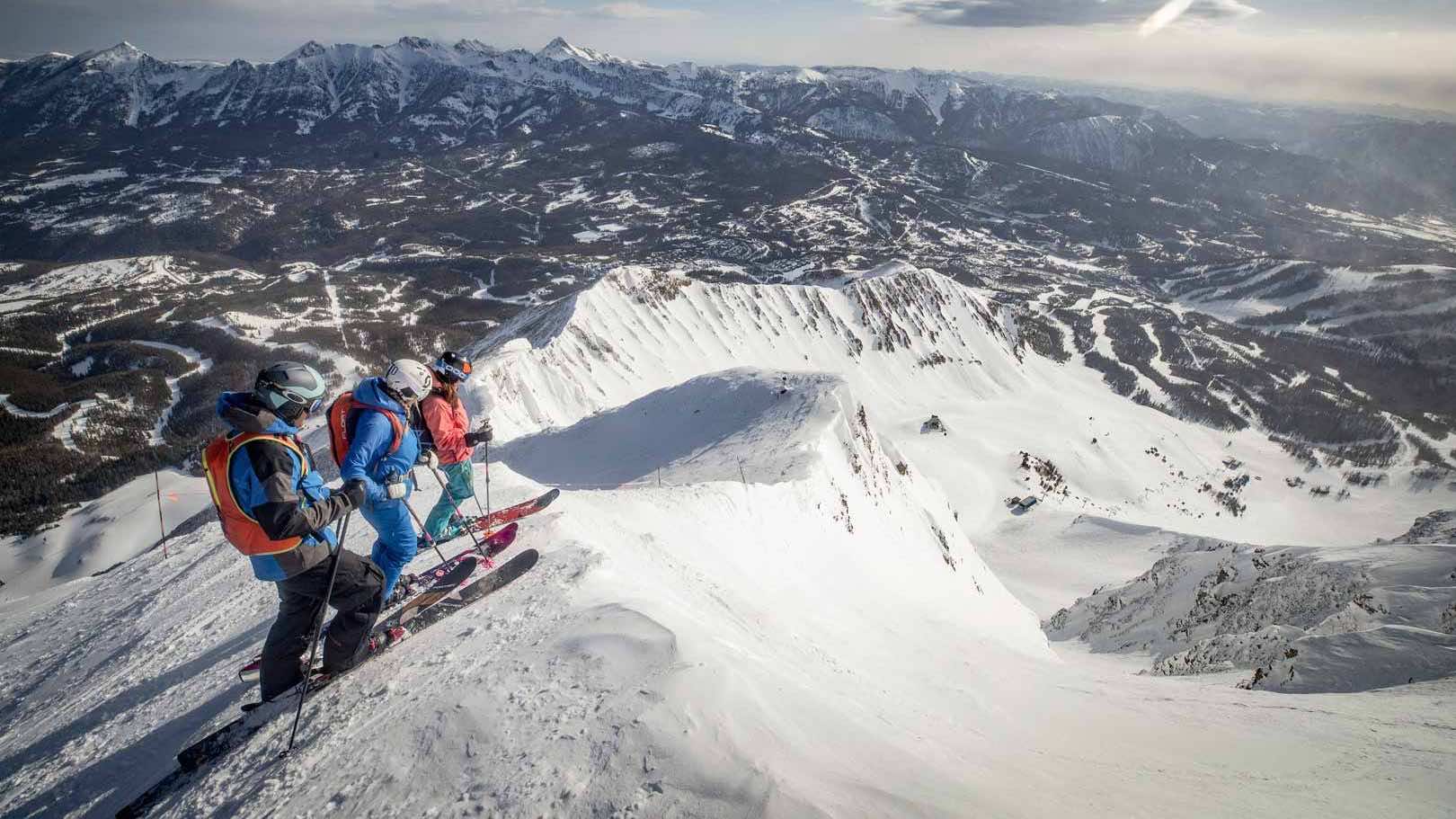
In North America, the common metric for displaying terrain difficulty is by using a combination of colors and shapes. From easiest to most difficult the system goes green circle, blue square, black diamond, and double black diamond. Although there is a “common” method for trail rating, it’s important to note that there is no underlying organization that determines what each trail should be rated, and because of this, there are inconsistencies from mountain to mountain. With that being said, we can only generalize the rating system.
The green and blue runs are often gentle sloped, groomed runs. The change from wide-open, groomed green runs to blues is mainly due to the slope angle. Typically, green runs are anything less than 15 degrees, whereas blue runs are between 15-25 degrees.

Black diamond terrain is generally anything greater than 25 or 30 degrees and is most likely ungroomed. This is when the line gets blurry, and trail ratings vary depending on the mountain. For example, in 2019, Big Sky Ski Resort in Montana went a different route and updated its ratings to include triple black diamonds to denote high-consequence areas. The terrain becomes more difficult, different challenges present themselves such as rocks, cliffs, moguls, trees, snow conditions, and more. This creates a scenario that is hard to gauge the difficulty, especially when variable snow conditions can greatly affect the terrain.
Common characteristics of a black diamond run include:
-
Steep slopes, cliffs, and rocks. Gradients larger than 30 degrees indicate a challenging and steep descent. Small, optional cliffs are often on black diamond terrain.
-
Moguls. These large, rounded bumps require focus and agility that will create fire in a skier’s legs.
-
Trees and glades. Many black diamond runs pass through densely wooded areas or glades, creating obstacles that demand quick maneuvering. Tree wells are extremely dangerous as they entrap skiers, which can result in immobilization and sufficati0n.
-
Variable snow conditions. Powder, hard-packed snow, and ice patches are common in black diamond terrain. Knowing how to ride in all conditions is an essential skill for navigating black diamond terrain.

Double black diamonds
-
Cliffs, bigger cliffs, and sometimes non-negotiable cliffs. Exploring double black diamonds often is synonymous with “Where is the cliff?” and “What does the landing look like?”
-
Chutes. Navigating these steep channels requires precise turning and control skills, chutes are sometimes tighter than the length of one’s skis or board, requiring a straight line to clear the section.
-
Exposure and fall consequences may be one of the best indicators for double black diamond terrain. “No-fall zones” are common in double black diamond terrain because they require the utmost attention and skills to navigate the terrain and avoid serious injury.
Understanding the skillset one must possess is crucial to a successful descent. Below is a list of skills and experience required to navigate the difficult terrain.
-
Good control. Shifting up speed, direction, and body movements to stay balanced and adapt to dynamic terrain should be second nature.
-
Advanced ski skills. Mastering parallel turning, carving, dynamic turns, and swiftly transitioning from edge to edge.
-
Terrain awareness. Black diamond runs are advanced enough that you need to know how to read the mountain. This means recognizing potential hazards, knowing how to ski in all kinds of snow conditions, and making instant decisions.
-
Unparalleled technical proficiency. You should know carving, side slipping, parallel turning, and obstacle avoidance like the back of your hand.
-
Mountain awareness. Way more than terrain features matter when you go double black diamond. You should know just about everything when it comes to trail markings, potential hazards, weather conditions, crowds, and the overall mountain layout.
Regardless of the rating, it’s important to be knowledgeable and prepared for new terrain that you embark on. Skiing with someone who has experience in the local terrain is a great way to safely push the limits on a challenging run. And for those who are very thorough when it comes to trail rating or maybe curious about what mountains would look like under a universal trail rating, check out Steep Seeker. The website has interactive maps of nearly every ski area with its own rating.

i wouldn’t say that the typical black diamond has cliffs and rocks. in my experience this is highly unlikely.
The first paragraph of this piece confuses slope aspect with slope angle. Slope aspect is what compass bearing the slope faces. The shade or the sun. Slope angle, how many degrees of steepness is what distinguishes blue and green runs